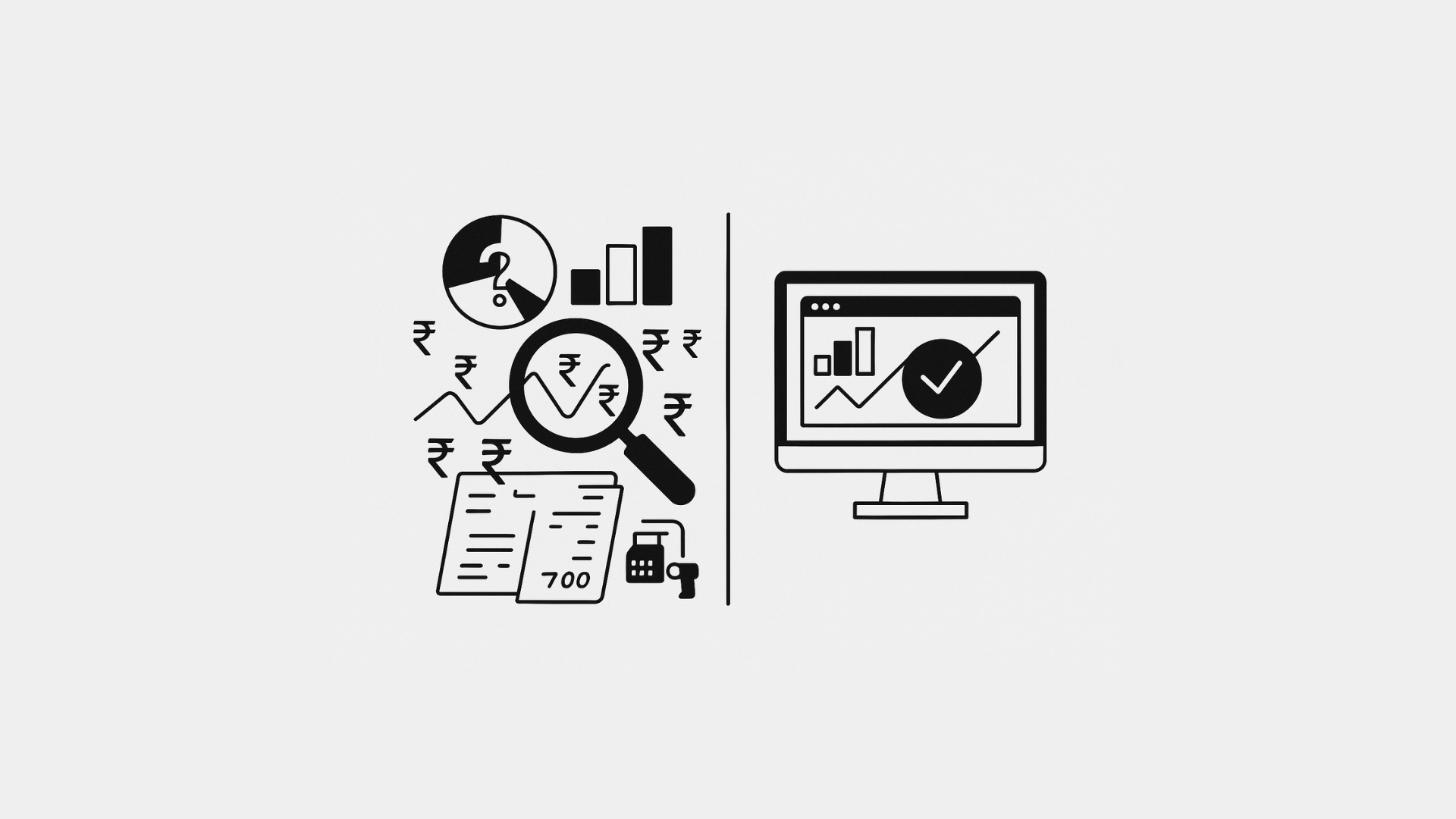Jan Aushadi stores, also known as Pradhan Mantri Bhartiya Janaushadhi Kendras (PMBJK), are government-run pharmacies that sell generic medicines at lower prices. By guaranteeing the availability of premium medications at rates far lower than those of branded ones, these stores seek to deliver healthcare at an accessible cost. However, setting up and running a Jan Aushadi store requires businesses to comply with several regulatory, operational, and financial guidelines. This guide aims to provide a clear understanding of the main licensing processes, inventory management techniques, compliance standards, and financial aid available for aspiring store owners.
Regulatory Framework
The Jan Aushadi scheme operates under the Pradhan Mantri Bhartiya Janaushadhi Pariyojana (PMBJP), overseen by the Department of Pharmaceuticals, Ministry of Chemicals and Fertilizers. This initiative emphasizes strict quality control and affordable access to medicines.
To ensure medicine quality, the scheme mandates that vendors comply with Good Manufacturing Practices (GMP), validated by the World Health Organization (WHO). Before medicines are made available in stores, they undergo rigorous quality checks in recognized laboratories. The Indian Pharmacopoeia Commission also supports the regulatory framework by implementing digital tools for tracking and testing, helping to monitor the supply chain and eliminate counterfeit drugs. Coordination between the Ministry of Health & Family Welfare and State Drug Control Authorities plays a key role in maintaining an efficient distribution system and safeguarding medicine quality.
Eligibility Criteria
To apply for and operate a Jan Aushadi store, certain eligibility conditions must be met. The following individuals and organizations are eligible:

- Unemployed pharmacists
- Doctors and registered medical practitioners
- NGOs and charitable institutions
- Private hospitals and trusts
- Self-help groups and cooperatives
The store must employ a licensed pharmacist with a B Pharma or D Pharma qualification. This pharmacist should be registered with the State Pharmacy Council and capable of managing day-to-day operations, including inventory and customer service. The physical space for the store should be at least 120 square feet and located in an area accessible to the public, ideally where affordable medicines are in high demand.
Key Licenses and Approvals
Opening a Jan Aushadi store requires several licenses and approvals:

Drug License: This license, issued by the State Drug Control Department, permits the legal sale of medicines. The application requires:
- Proof of ownership or a lease agreement for the premises
- Pharmacist’s qualification documents
- Business registration
- Identity and address proof
- Adherence to Good Distribution Practices (GDP)
GST Registration: The store must register under the Goods and Services Tax (GST) framework to comply with tax laws. Not doing so may result in penalties or legal issues.
Retail License: A separate retail license is needed to sell non-medicinal health products such as hygiene products, surgical items, and dietary supplements.
Processing these licenses can take several weeks to months. Applicants should ensure that all documentation is accurate and complete to avoid unnecessary delays.
Operational Compliance
To function smoothly and maintain compliance, Jan Aushadi stores must adhere to operational guidelines:
- Maintain proper storage for medicines, especially temperature and humidity control.
- Keep detailed records of sales and inventory.
- Conduct regular audits to ensure compliance with regulations.
- Label all medicines properly and monitor expiration dates to avoid the sale of expired stock.
Government inspectors routinely evaluate stores for compliance. Failing to meet standards can lead to penalties or even revocation of the store’s license.
Inventory Management
Effective inventory management is essential for providing uninterrupted access to medicines. Poor stock control can lead to shortages, overstocking, or expired inventory, all of which negatively impact operations.
Common Challenges:
- Stockouts due to supply delays
- Overstocking of slow-moving medicines
- Errors in demand forecasting
- Logistical issues from central warehouse to store
Best Practices:
- Use digital inventory systems to track real-time stock levels.
- Regularly update and audit stock to maintain accuracy.
- Categorize medicines based on demand to prioritize replenishment.
- Monitor supplier performance to avoid late or inconsistent deliveries.
- Automate reorder alerts for timely restocking.
Quality Assurance
The assurance of medicine quality is a fundamental aspect of the Jan Aushadi initiative. Several steps are taken to prevent counterfeit drugs and ensure safety:
- Suppliers are strictly screened and must meet GMP standards.
- Medicines are tested in batches by accredited labs.
- Market sampling is conducted regularly to verify quality.
Despite these efforts, there have been concerns about transparency. To improve public trust, digital platforms now enable tracking of medicine quality and collection of customer feedback.
Role of Technology
Technology is playing a significant role in enhancing efficiency and transparency in Jan Aushadi stores. Key innovations include:
- Automated inventory systems that help manage stock levels.
- QR code-based medicine tracking to verify source and quality.
- Online ordering and delivery services, especially helpful in remote locations.
- AI-driven demand forecasting based on purchasing trends.
The use of these tools improves compliance, reduces errors, and enhances the overall customer experience.
Financial Assistance
To encourage participation, the government offers financial support to store owners under the PMBJP scheme. These include:
- Up to Rs. 2.5 lakh as an incentive for setting up a new store.
- Additional performance-based incentives, particularly in rural areas.
- Subsidized procurement of generic medicines.
- Interest-free loans for store infrastructure and expansion.
Applicants can apply for financial assistance through the Pharmaceuticals & Medical Devices Bureau of India (PMBI), which manages the program.
Challenges in Running a Jan Aushadi Store
While Jan Aushadi stores offer many benefits, they also face challenges:
Awareness and Perception: Many consumers still trust branded medicines more than generics, often due to lack of information.
Supply Chain Delays: Stores may face stock replenishment delays, affecting availability.
Low-Profit Margins: Selling affordable generic medicines results in smaller profit margins, making financial sustainability harder.
Licensing Delays: Navigating the approval process can be time-consuming.
To overcome these, public education, improved logistics, and government incentives are crucial.
Importance of Public Awareness and Education
One of the biggest barriers to the success of Jan Aushadi stores is the perception that generic medicines are less effective. To address this, the government has implemented:
- Awareness campaigns highlighting the benefits of generics.
- Programs to engage doctors and pharmacists in recommending generics.
- Digital outreach and advertisements showing store locations and success stories.
By educating the public and healthcare providers, the initiative aims to build trust and increase acceptance.
Future of Jan Aushadi Stores
The Jan Aushadi initiative continues to evolve. Upcoming developments include:
- Nationwide implementation of digital inventory tracking.
- Integration with telemedicine platforms for remote consultation and medicine access.
- Greater incentives for stores in underserved regions.
These efforts aim to improve healthcare accessibility across India and make Jan Aushadi stores a central component of the healthcare delivery system.
Conclusion
Strict adherence to operational, financial, and regulatory regulations is necessary while opening and running a Jan Aushadi store. For their shop to run well, entrepreneurs need to obtain the required permits, efficiently manage their inventory, and uphold quality standards. Even if there are still obstacles like supply chain problems and public opinion, government programs and technological advancements are opening the door for a more extensive and successful Jan Aushadi network.
Store owners may help ensure that everyone has access to affordable healthcare while operating a profitable and socially responsible business by being aware of and fulfilling certain compliance standards.








